The Independent's journalism is supported by our readers. When you purchase through links on our site, we may earn commission.
Operation Gold Rush: Klondike for softies
The Gold Rush trails through the deep north explored by Dan Snow and friends are accessible in comfort
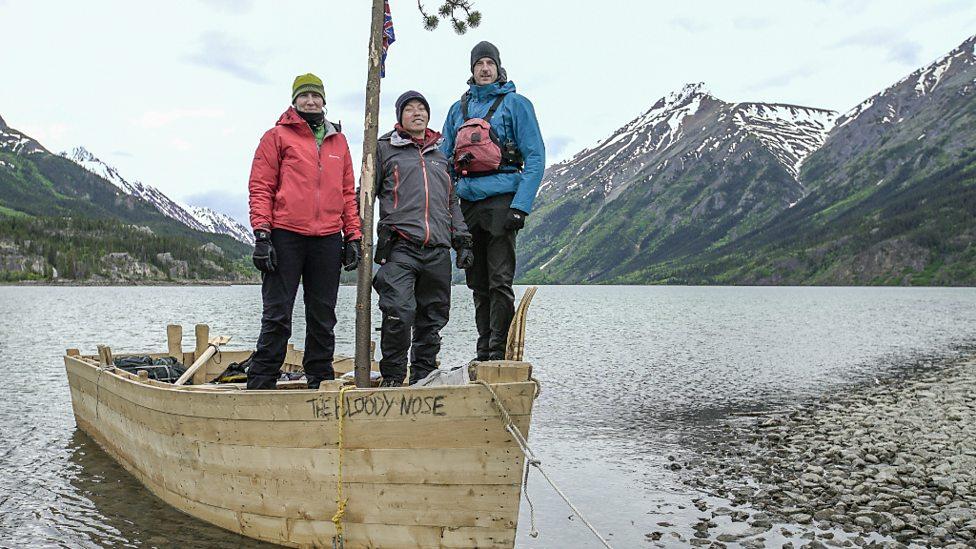
Your support helps us to tell the story
From reproductive rights to climate change to Big Tech, The Independent is on the ground when the story is developing. Whether it's investigating the financials of Elon Musk's pro-Trump PAC or producing our latest documentary, 'The A Word', which shines a light on the American women fighting for reproductive rights, we know how important it is to parse out the facts from the messaging.
At such a critical moment in US history, we need reporters on the ground. Your donation allows us to keep sending journalists to speak to both sides of the story.
The Independent is trusted by Americans across the entire political spectrum. And unlike many other quality news outlets, we choose not to lock Americans out of our reporting and analysis with paywalls. We believe quality journalism should be available to everyone, paid for by those who can afford it.
Your support makes all the difference.The latest BBC2 travel spectacular, “Operation Gold Rush with Dan Snow”, follows the adventurer tackling the Deep North, on a gruelling 600-mile journey from the coast of Alaska to the gold fields of the Klondike on the edge of the Canadian Arctic.
In August 1896, gold was discovered near Dawson City in the Canadian province of Yukon. By July the following year, ships carrying tons of gold from the goldfield arrived in San Francisco and Seattle. The media hype, together with the allure of wealth, drew tens of thousands of prospectors north in the hope of striking lucky. They discovered a cruel wilderness that defeated most of them.
To retrace the journey attempted by the gold seekers, Dan Snow is joined on the one-month expedition by the polar explorer Felicity Aston and remote-environment medic Dr Kevin Fong. In the first of three one-hour programmes, they take on the Alaskan Coastal Mountains, a forbidding wall of snow and rock.
If that doesn’t sound your idea of a holiday, fear not. Less-adventurous travellers can reach several of the locations featured in the trilogy in comfort.
Alaska: Dyea and Skagway
About 100 nautical miles from the open water of the Gulf of Alaska, Dyea (pronounced “die-ee”) still displays the skeletal remains of what was once one of North America’s busiest ports. Relics of the gold rush have succumbed to the sweet revenge of nature, with fragments of timber and iron poking out of a marsh as a reminder of misadventure.
The 21st-century adventurers arrived by boat, but you can make the journey by road in about 20 minutes from the nearby port of Skagway — which is a call on both the cruise-ship circuit, and the Alaska Marine Highway ferry system. It’s three-and-a-half days’ sailing from Bellingham, the Washington State port between Seattle and Vancouver. Or you can fly in via the Alaskan state capital, Juneau, on Alaska Seaplanes.
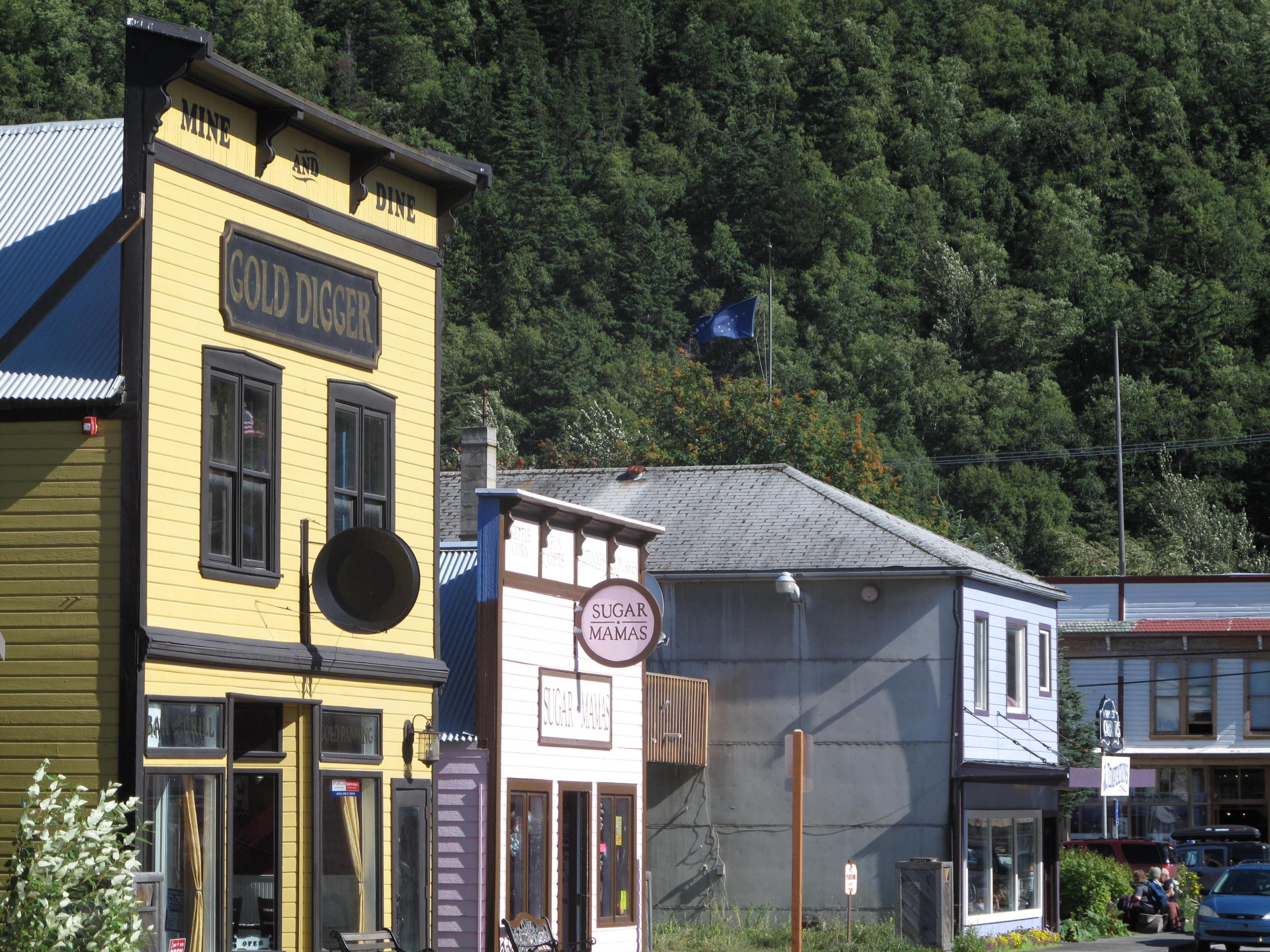
Skagway retains the air of a frontier town, particularly in the Mascot Saloon - the last surviving pitstop trek. And at 291 Broadway, the Klondike Gold Rush National Historical Park provides a chilling introduction to the prospectors’ nightmarish journey.
Having made it ashore, the problems were only just beginning for both the prospectors and the film-makers: they had to choose between the White Pass from Skagway or the Chilkoot Trail from Dyea.
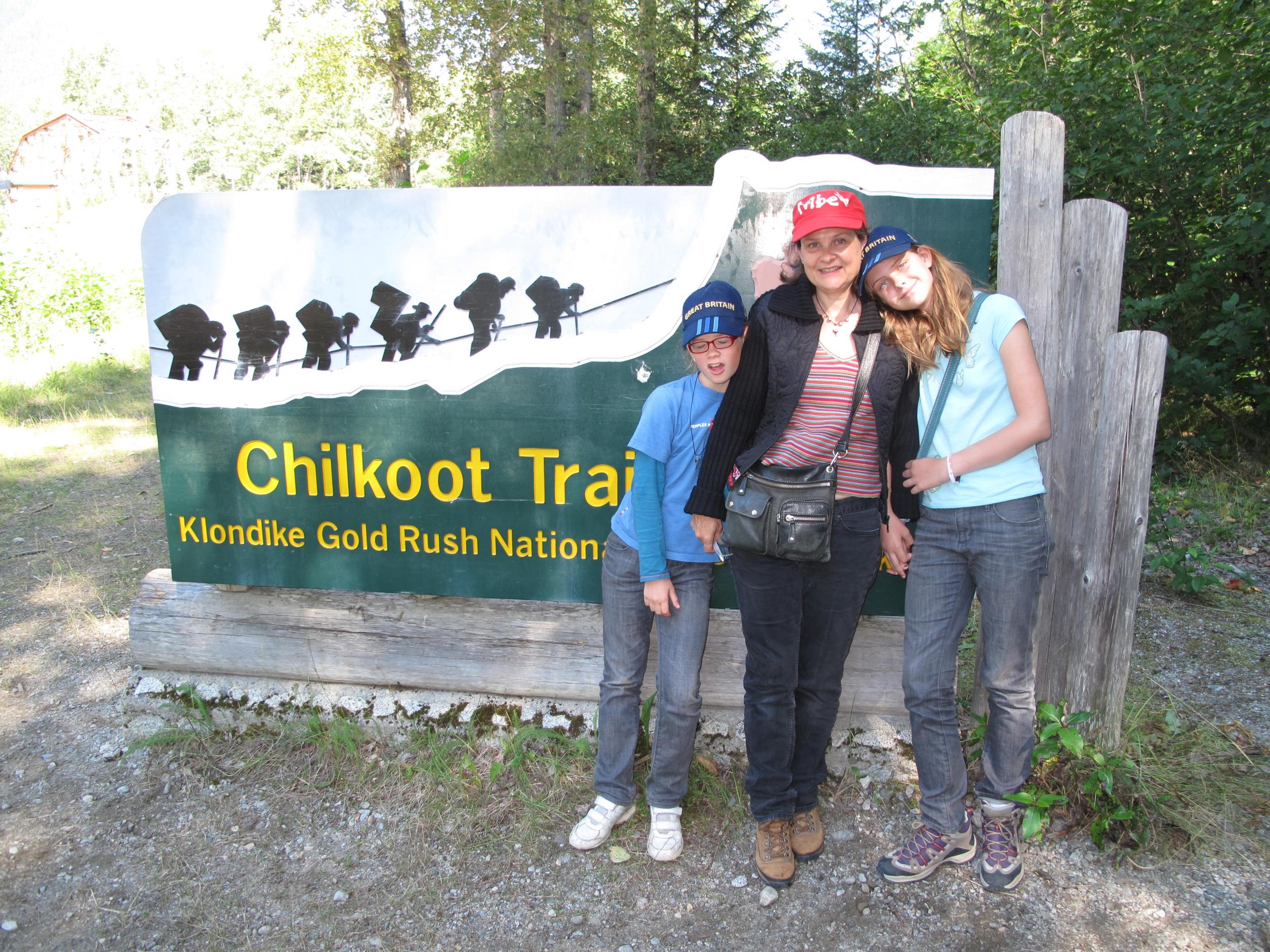
It was said that whichever you took, you wished you had taken the other. The director, Ben Crichton, chose the Chilkoot — and can himself be seen battling up the “Golden Staircase,” which might sound sounds like something attractive from a fairy tale but is, in fact, a 45-degree mountain gully deep in snow. But presenter Kevin Fong took the train …
Alaska/Canada: White Pass & Yukon Route Railroad
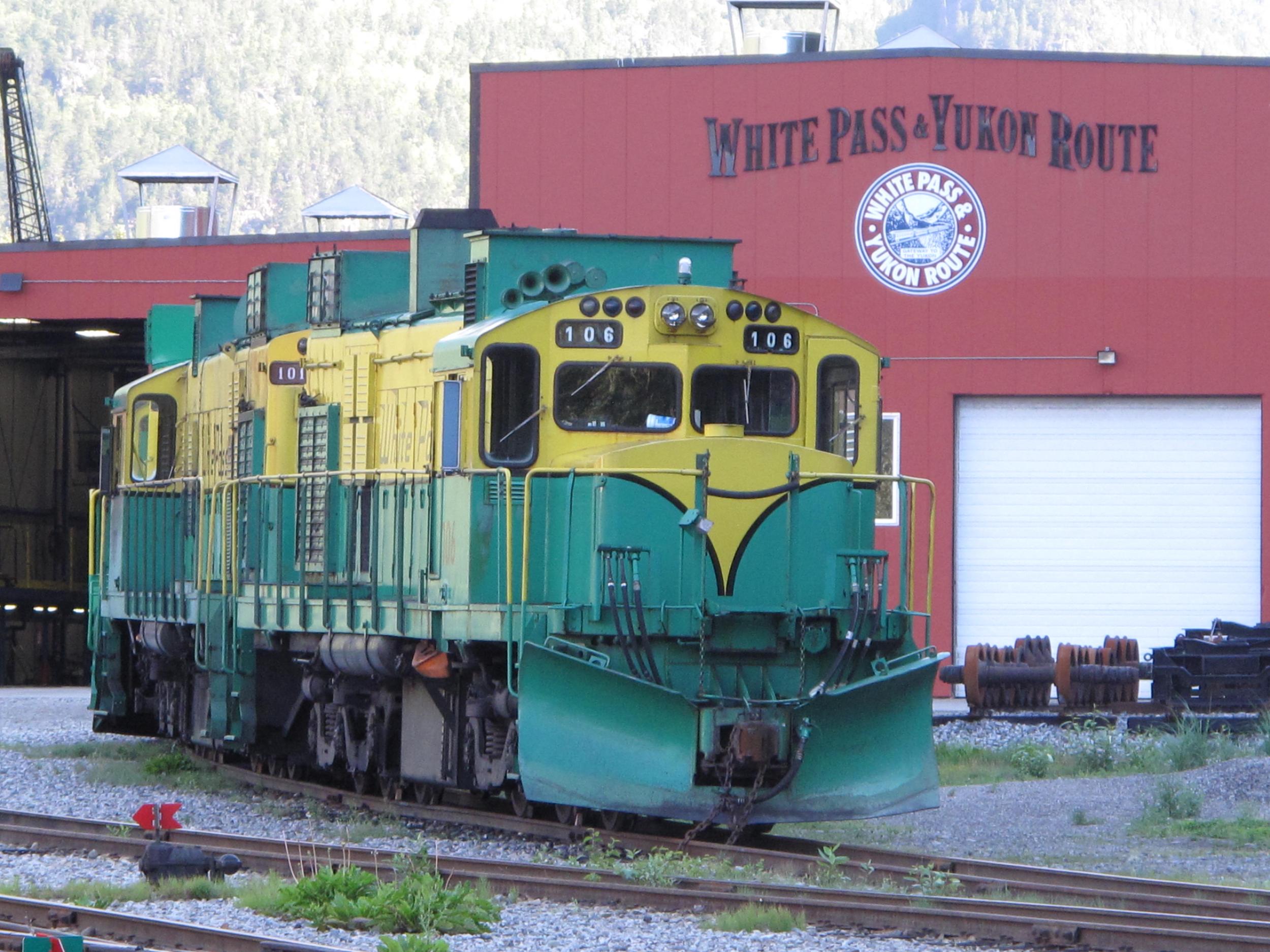
Too late to save the hopes and dreams of many of the prospectors, the first stretch of the White Pass & Yukon Route Railroad opened in 1898: “the product of British financing, American engineering and Canadian contracting,” according to the organisation that currently runs it wpyr.com. The workers, many of them prospectors who had fallen on hard times, carved the line implausibly and magnificently through spectacular terrain.
The full 110-mile run to Whitehorse in the Canadian province of Yukon was completed in 1900. It arrived after the Gold Rush but was still successful for eight decades in supporting the Yukon’s mining industry.
Today, 67.5 miles remain open, mainly as a day-trip for cruise passengers, but one-way trips are available. The line climbs steeply from Skagway. In just 20 miles, it is half a mile above sea level, at White Pass Summit, which marks the US-Canada border. The train continues to Carcross in Yukon. A stop at Lake Bennett and on-board lunch is included in the fare of $165 (£137). Progress is stately, with an average speed of 14mph.
Canada/Alaska: Yukon Explorer
While the prospectors and broadcasters had to contend with rivers and rapids, you can cover much of the ground without getting your feet wet on Explore’s two-week Yukon Explorer trip, which begins and ends in the Canadian city of Whitehorse. It includes the White Pass & Yukon Route Railroad (in the “reverse” direction from Carcross to Skagway), a driver along the “Top of the World” Highway and a visit to the historic gold dredges near the village of Chicken. There is also the option of a scenic flight over Kluane National Park, home to the world’s largest non-polar ice fields and the highest mountain in Canada.
The trip departs in June and August next year, costing £3,365 to £3,889 including flights.
Canada: Dawson City
This once-rich city on the Yukon river now serves largely as a repository of Gold Rush history. Visit the Jack London Interpretive Centre, in a replica of the wooden hut where the writer resided during his days as a Klondike gold seeker. Then cross the river on the George Black Ferry (landing at the north end of Front Street) to visit the “Paddlewheel Graveyard” where paddle steamers were abandoned).
You can fly from Heathrow on Air Canada via Vancouver to Whitehorse, then change to Air North for the one-hour hop to Dawson City.
Washington: Seattle
If all of these options seem too gruelling, there’s an easy solution: the “Klondike Seattle experience” in Seattle, which was base camp for most of the prospectors during the brief gold fever of 1896-99. The Klondike Gold Rush National Historical Park at 319 Second Avenue South is the starting point for the 21-block “Trail to Treasure,” as mentioned in our most recent 48 Hours in Seattle.
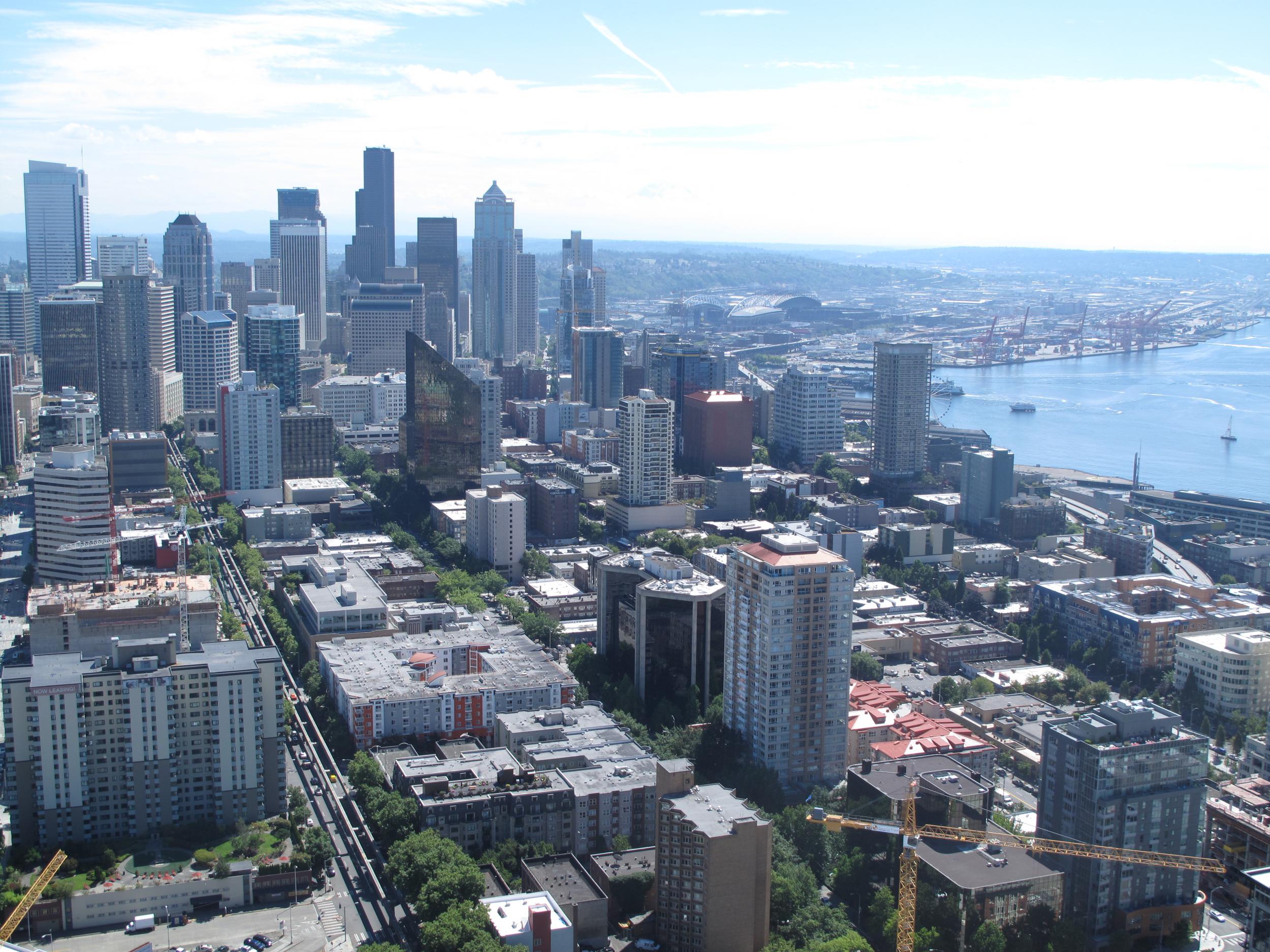
Virgin Atlantic starts flying from Heathrow to Seattle on 26 March 2017, in competition with British Airways.
“Operation Gold Rush with Dan Snow,” produced and directed by Ben Crichton, continues on Sunday at 9pm on BBC2.
Click here to view our latest travel offers with Independent Holidays
Join our commenting forum
Join thought-provoking conversations, follow other Independent readers and see their replies
Comments